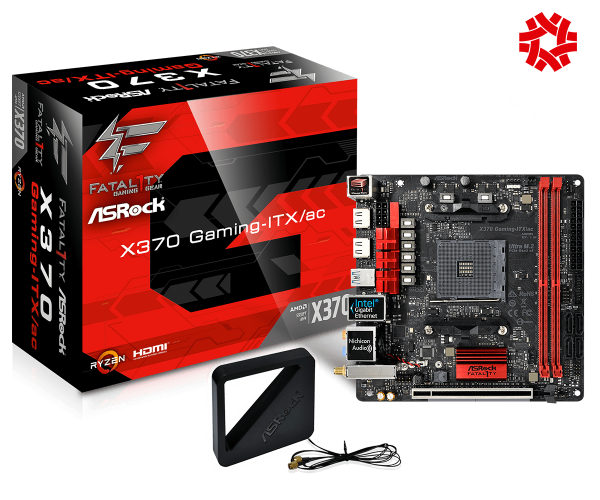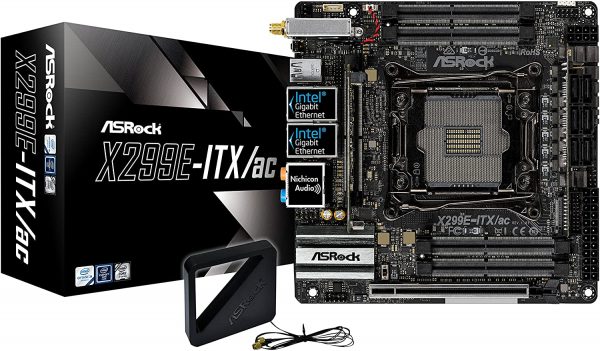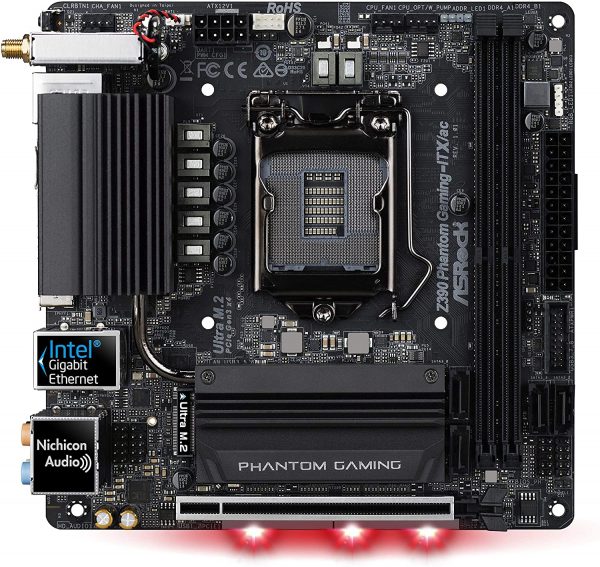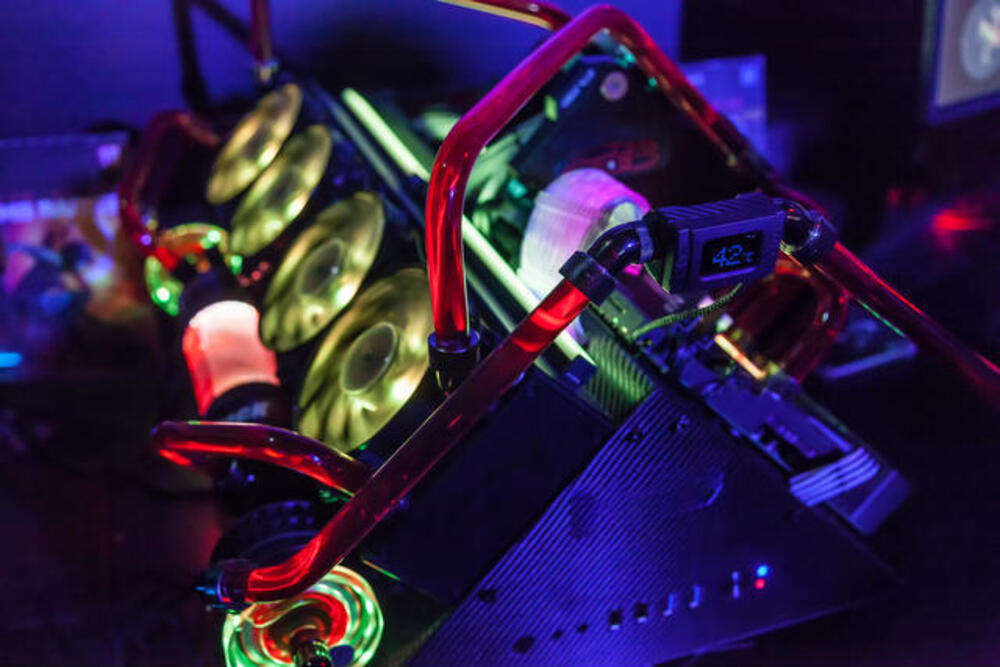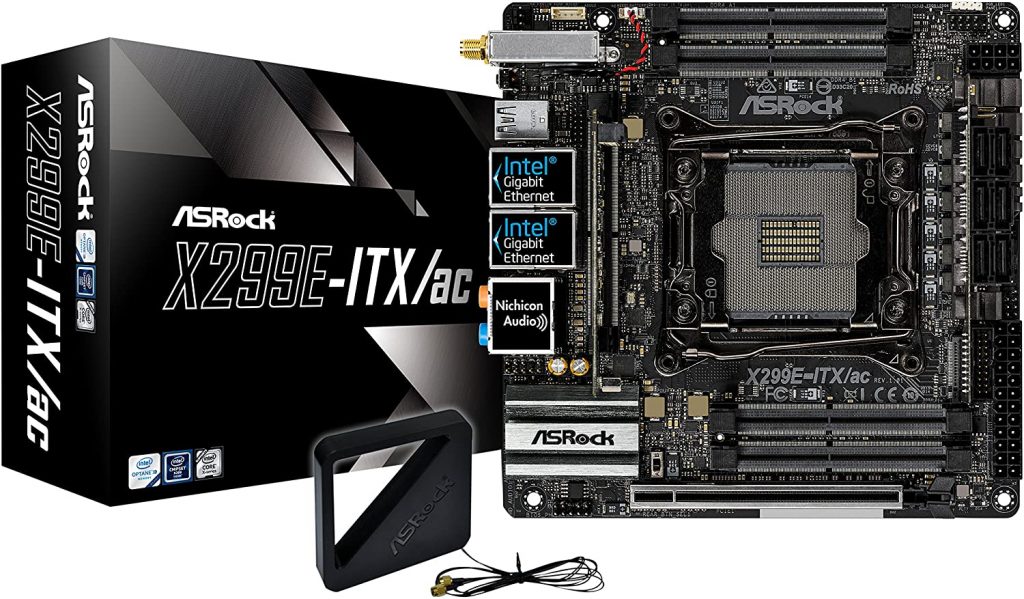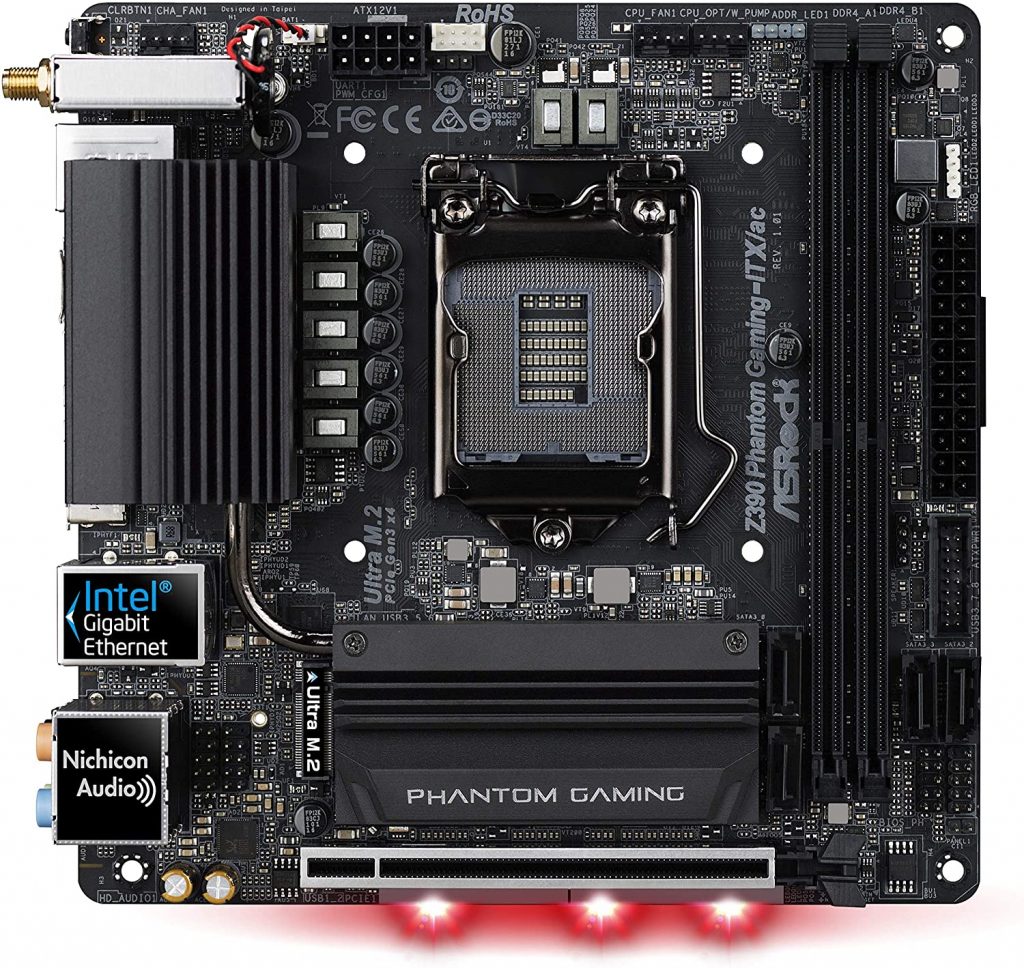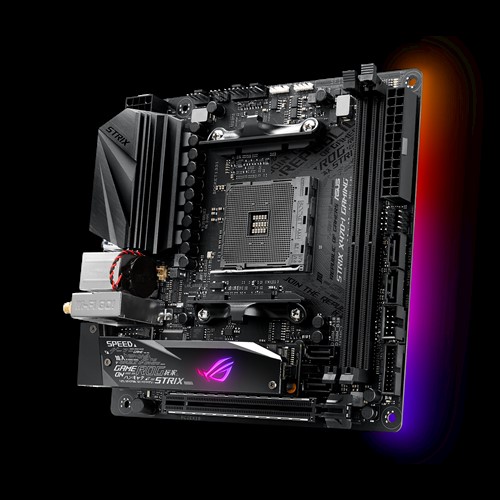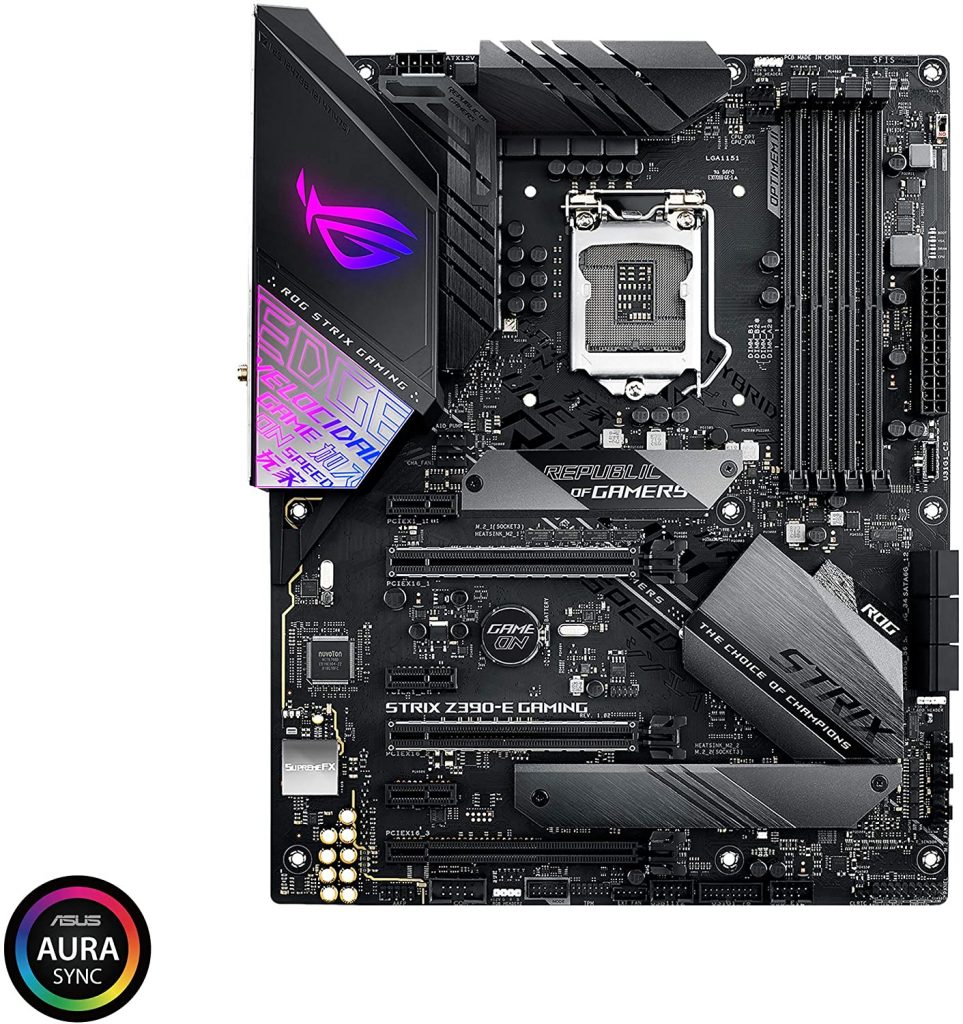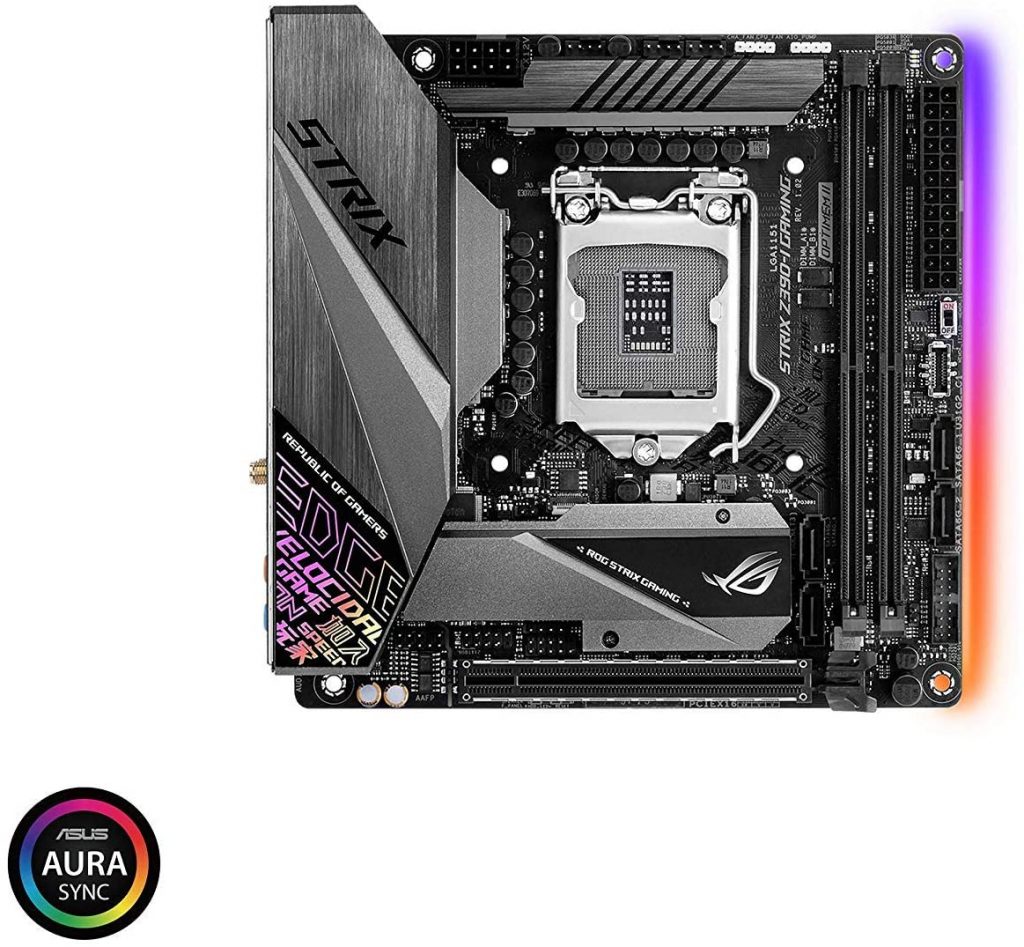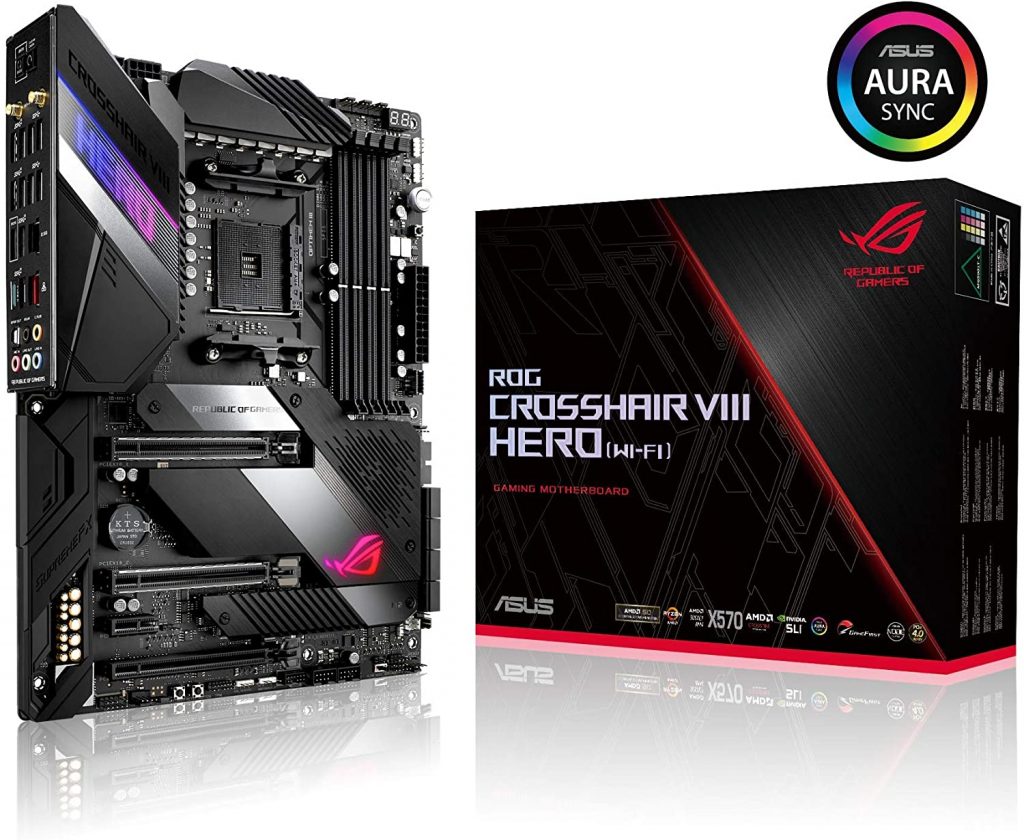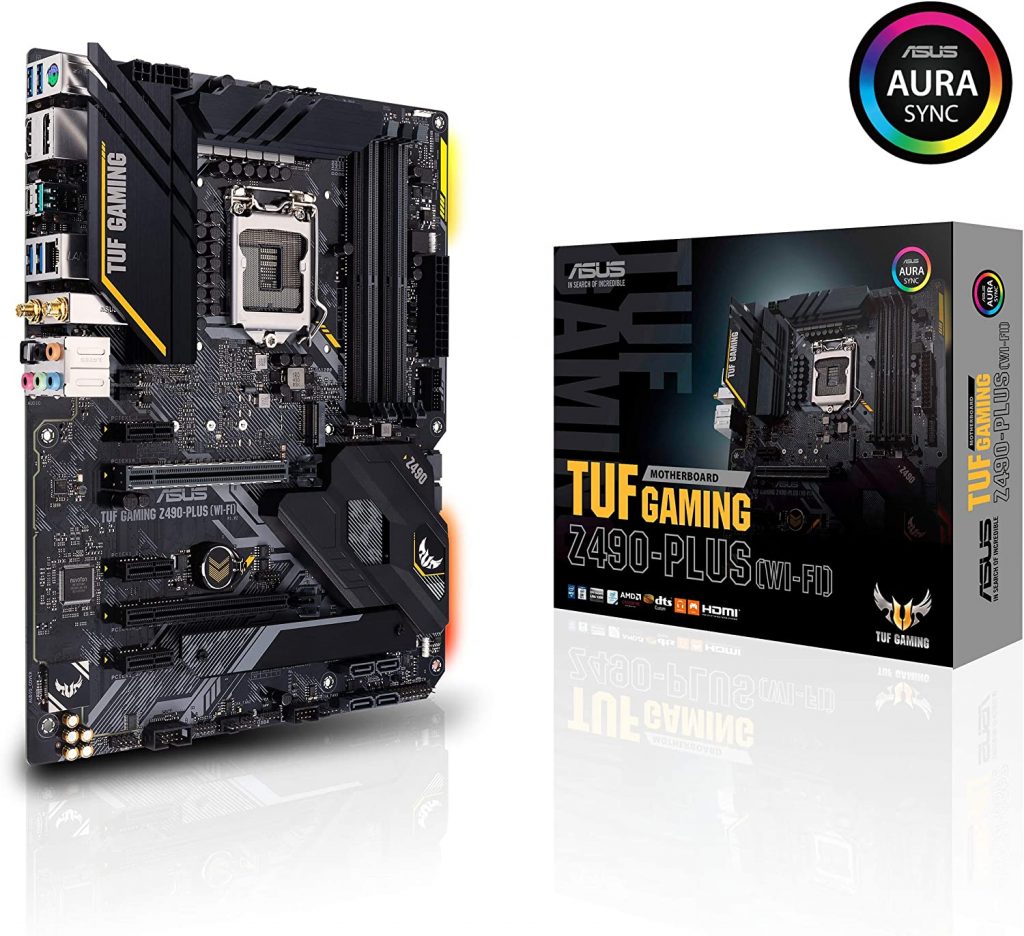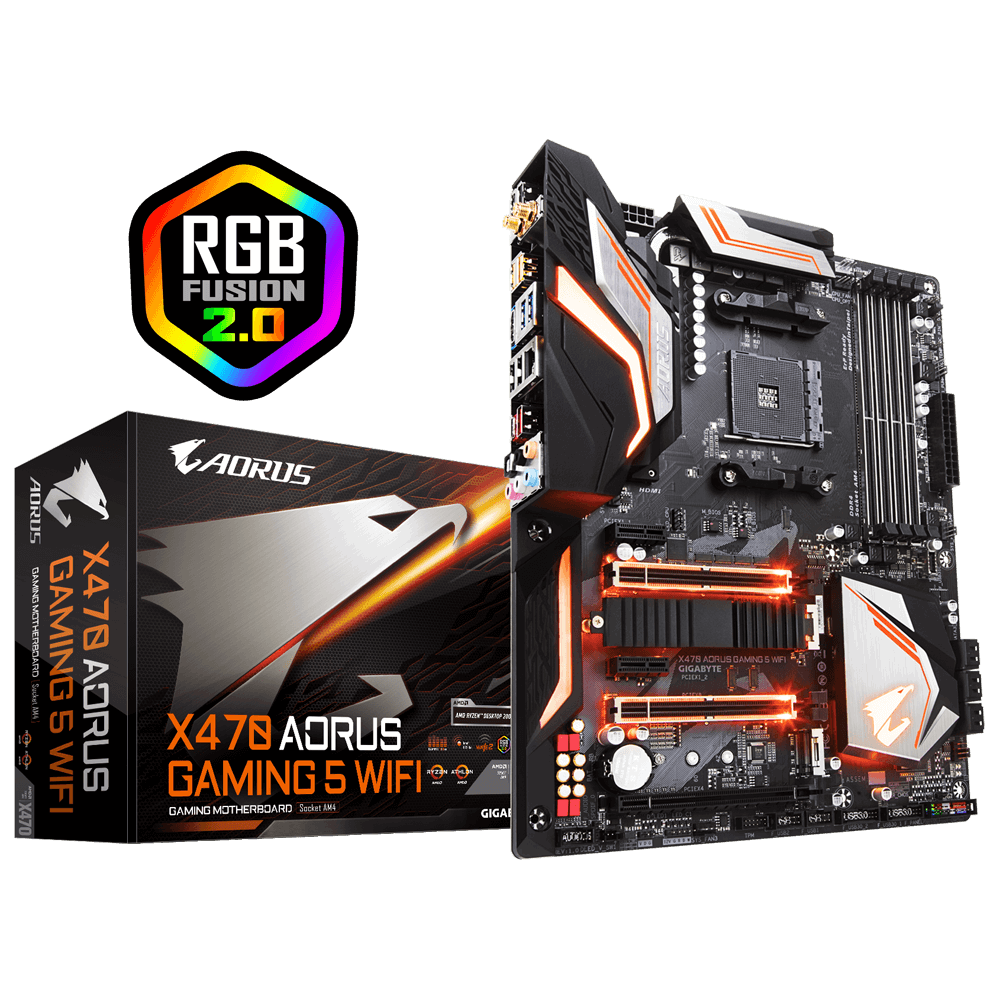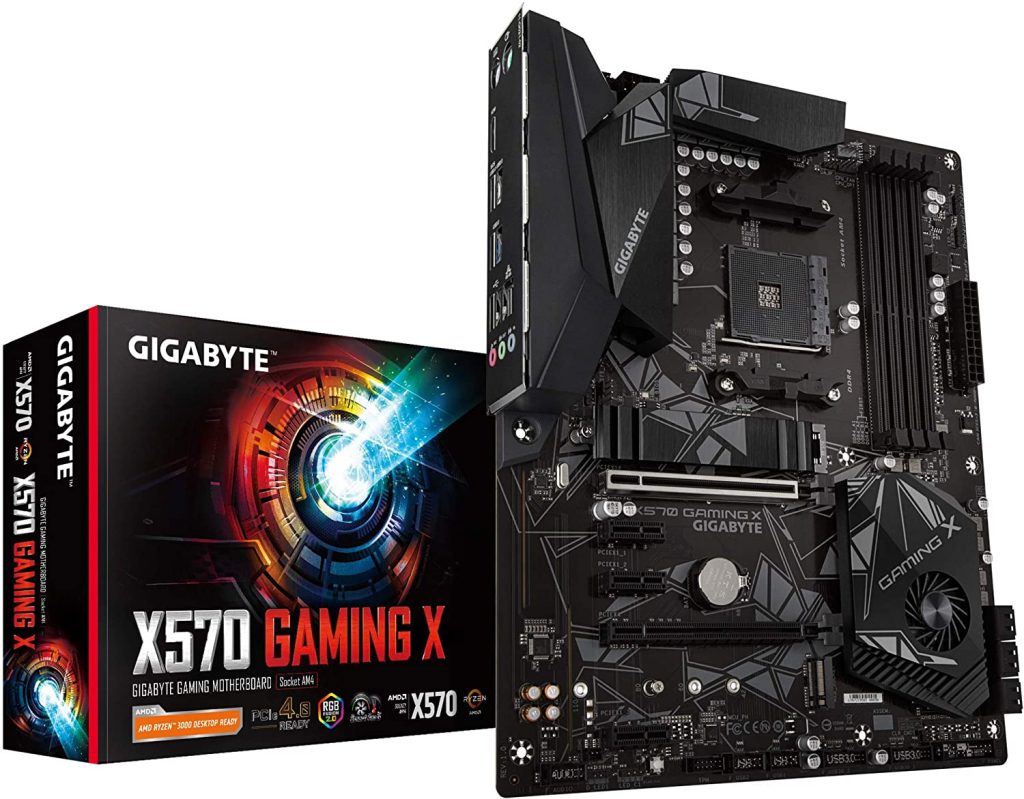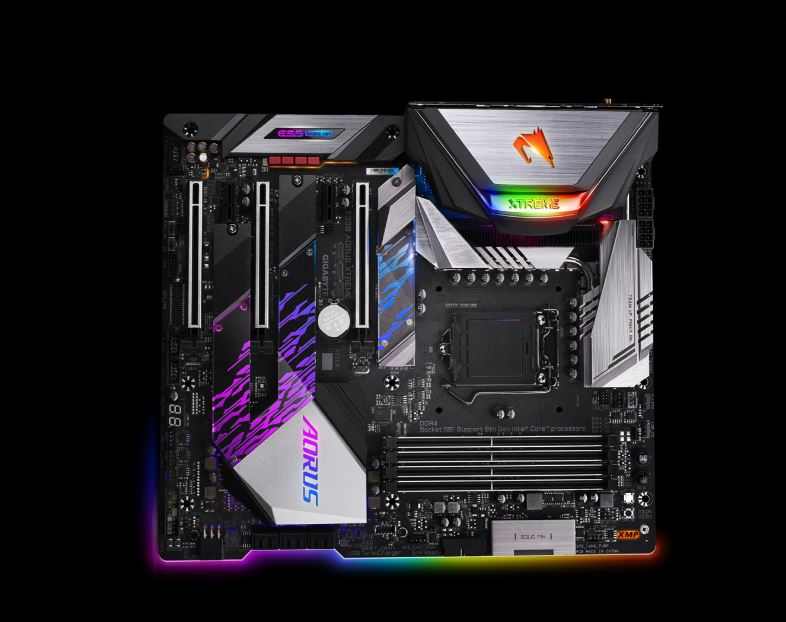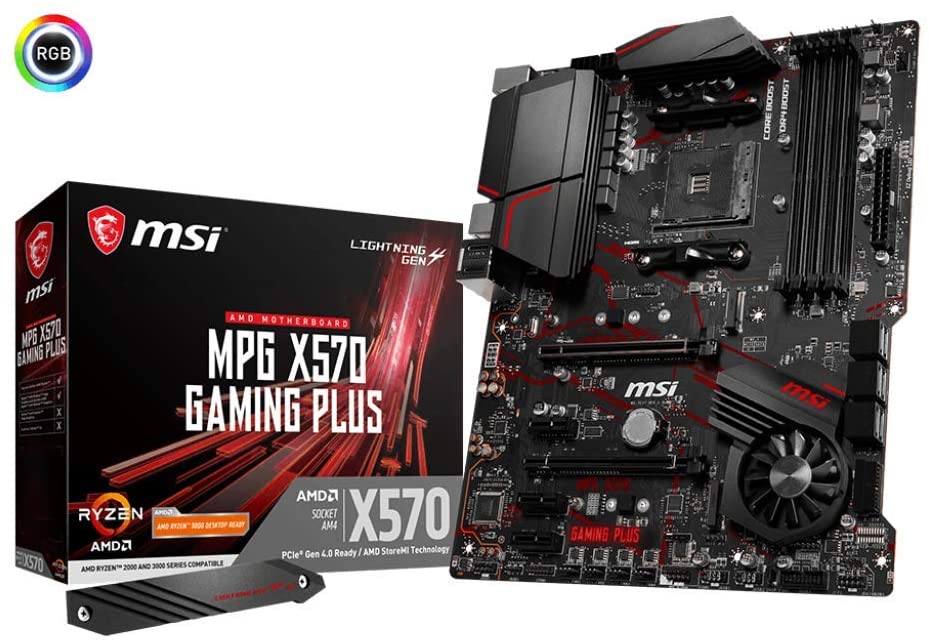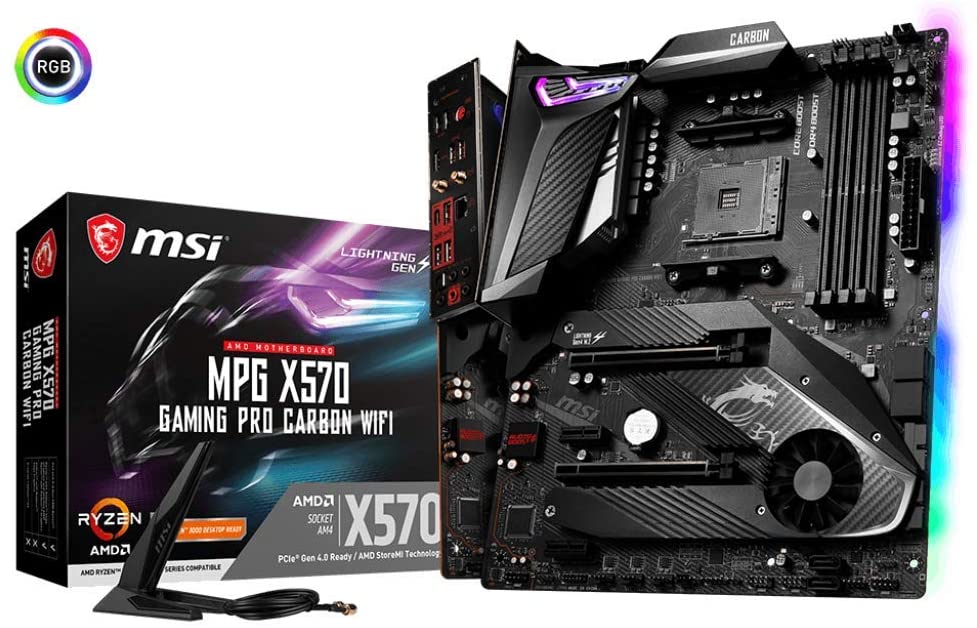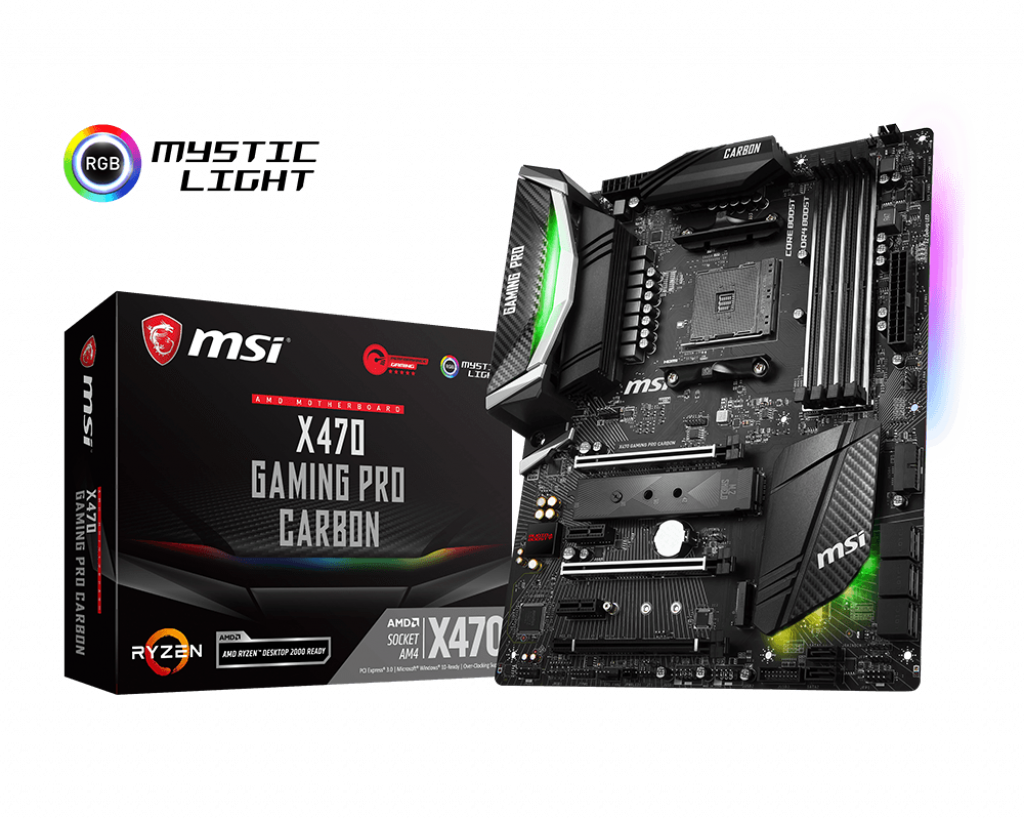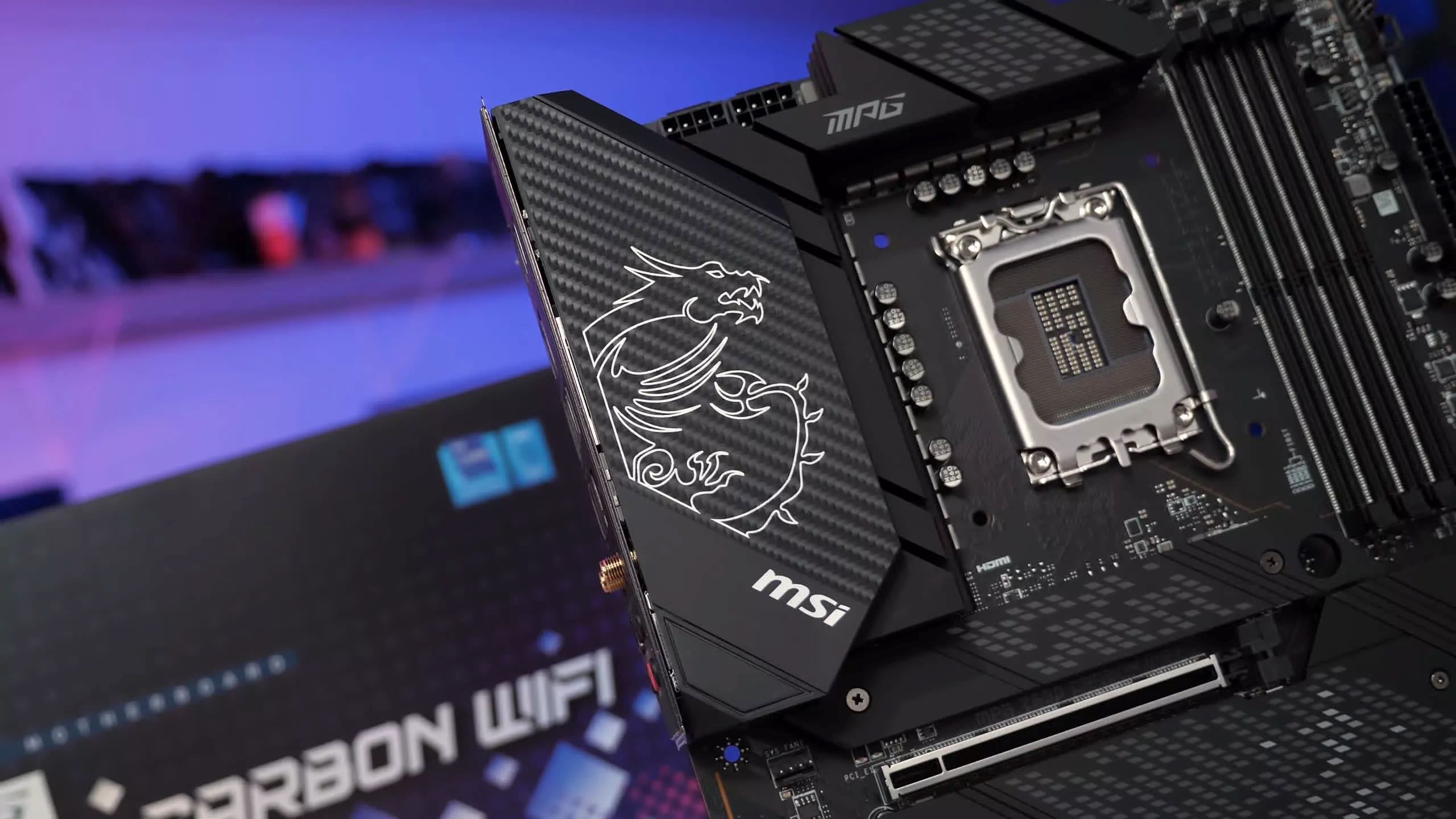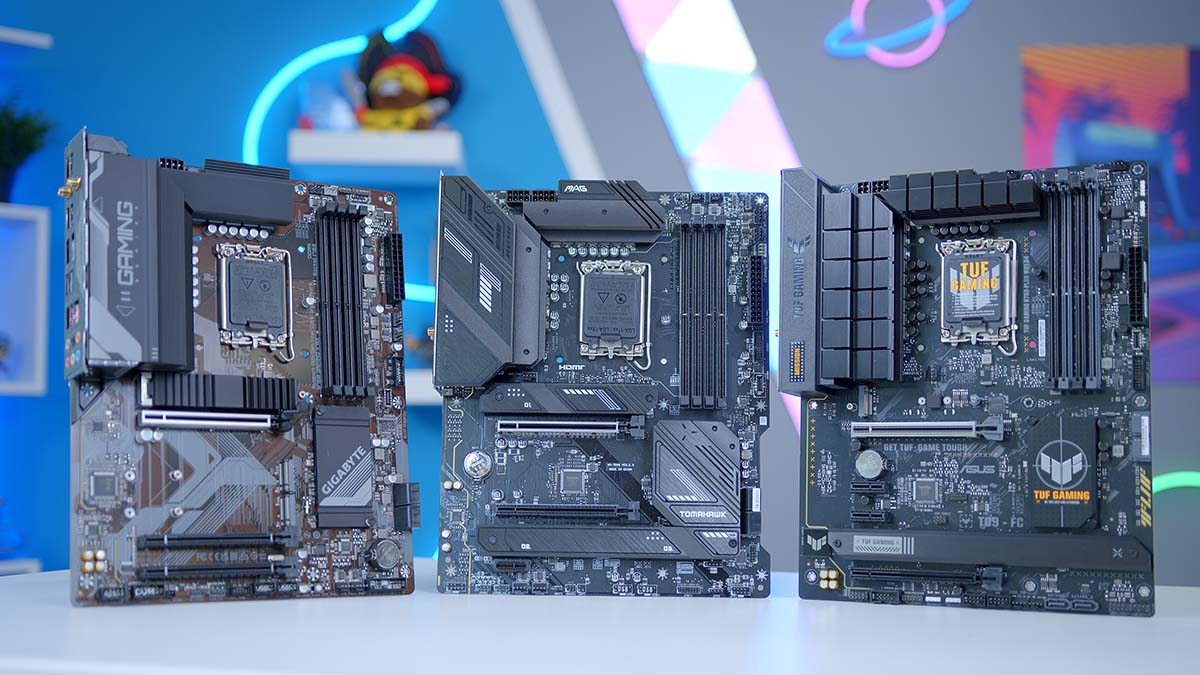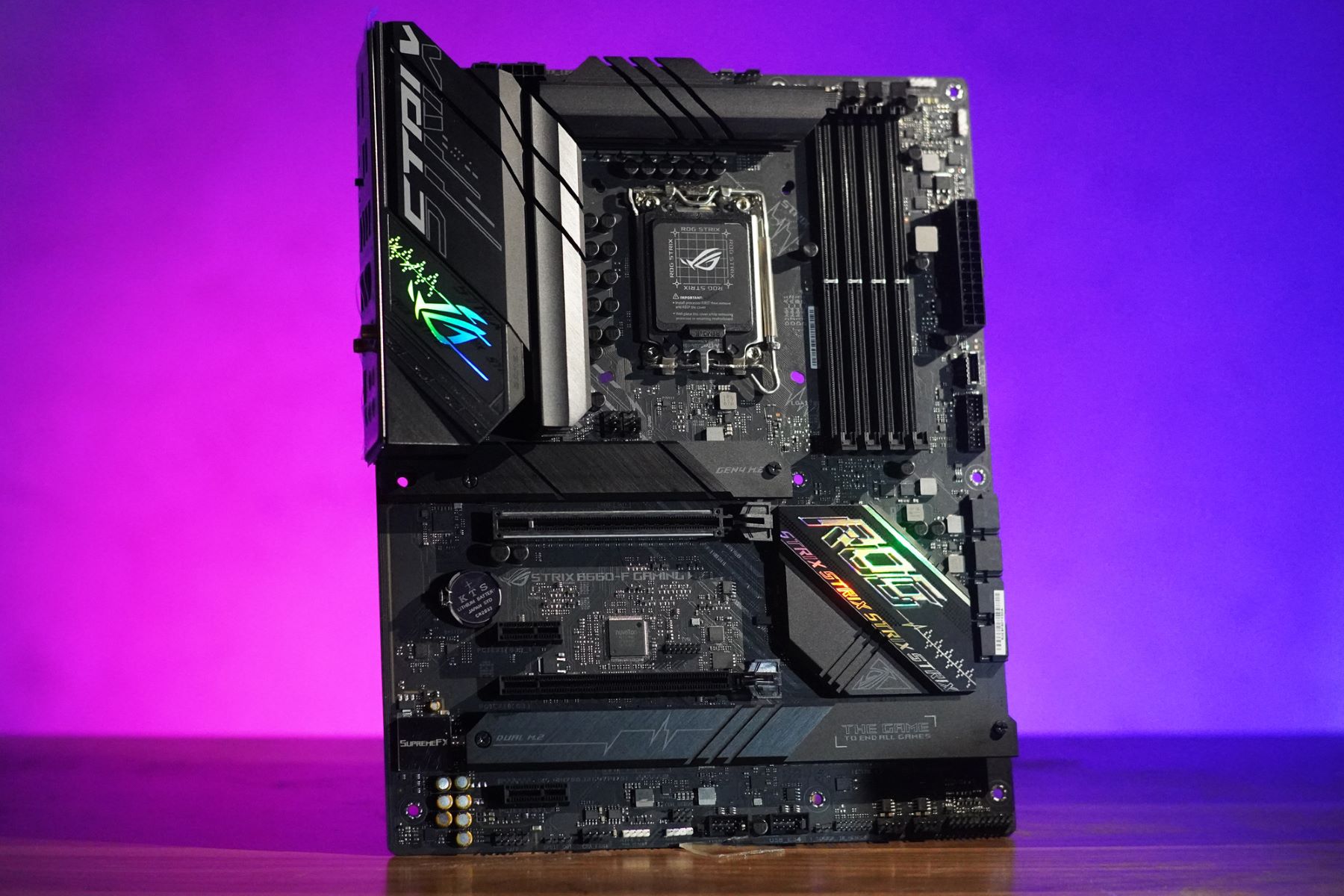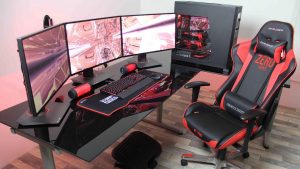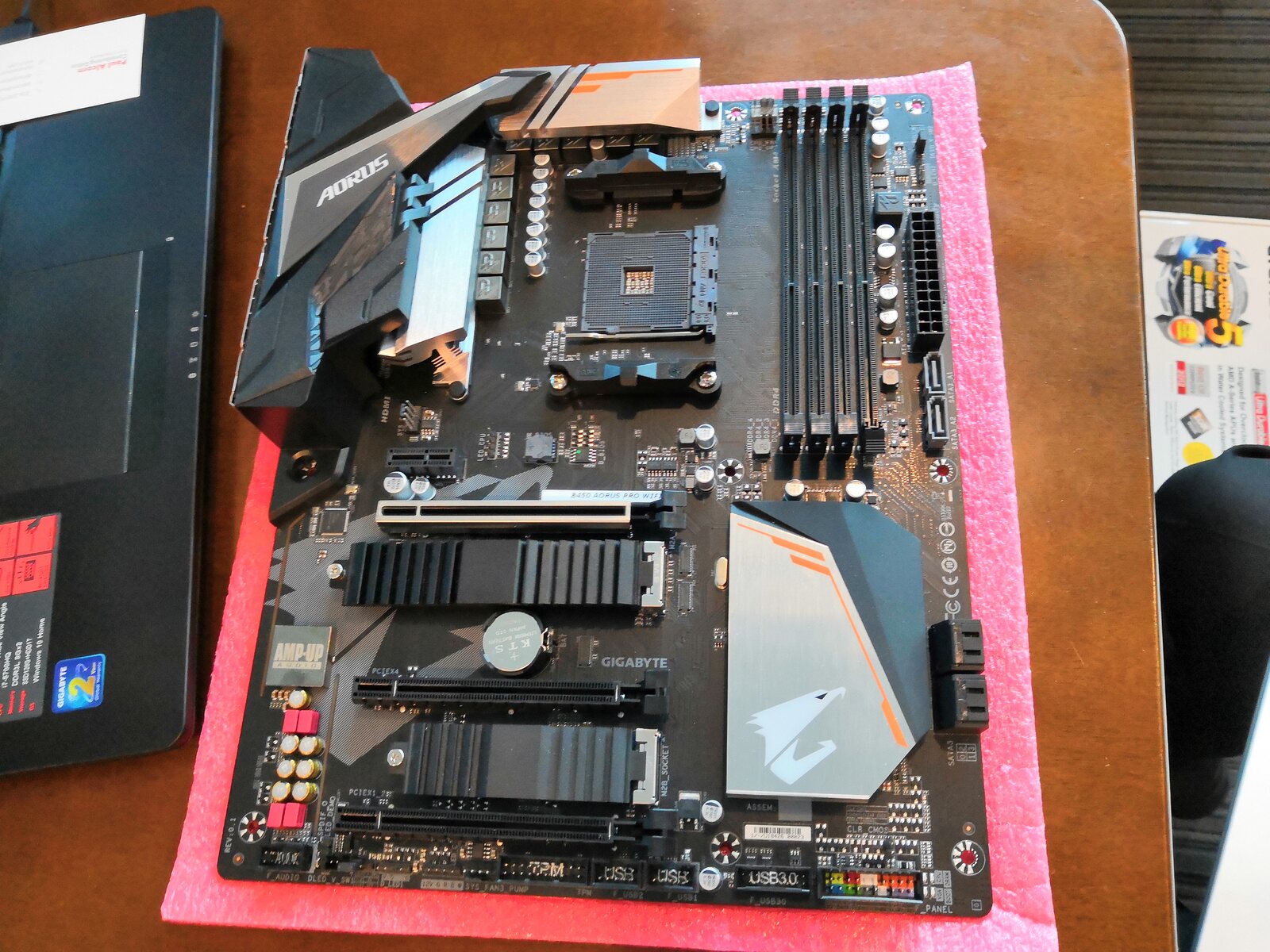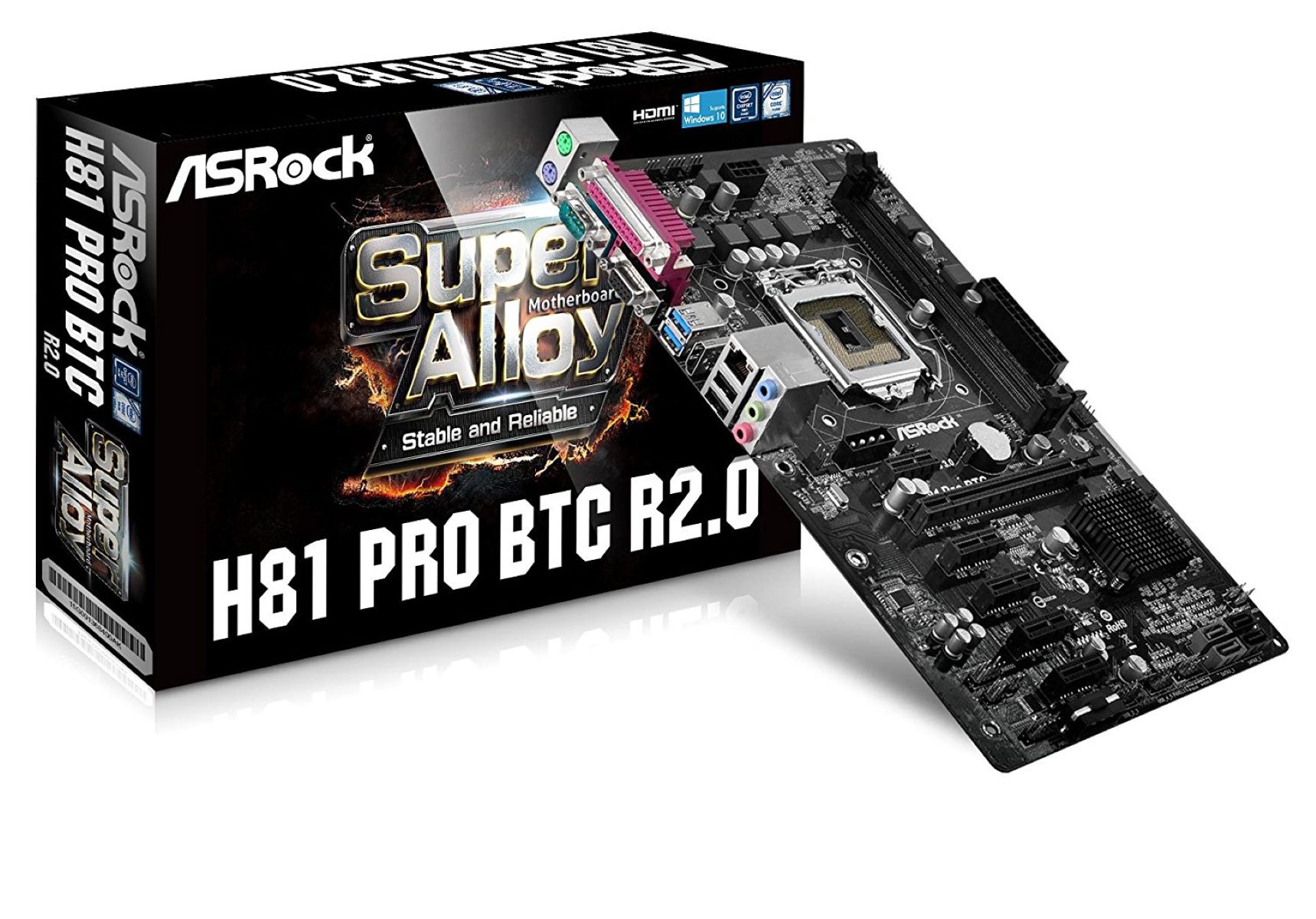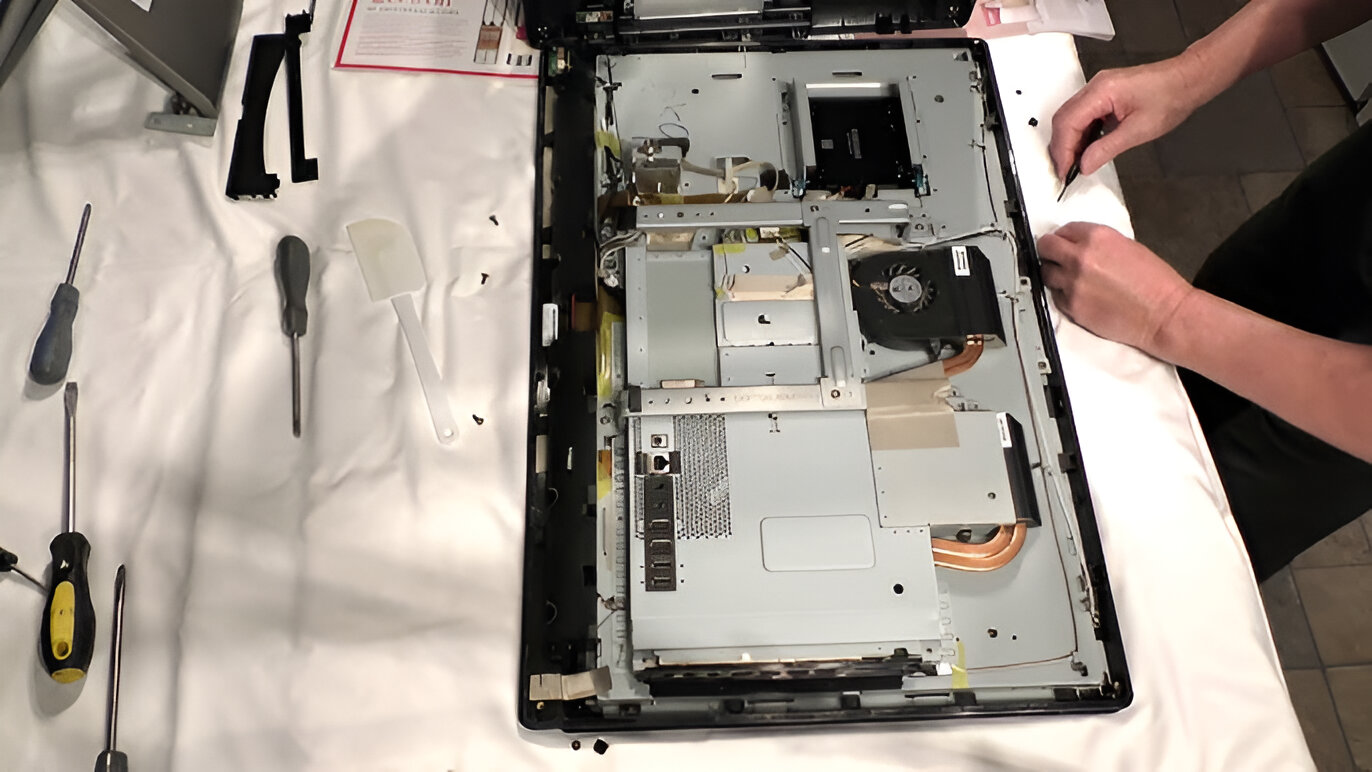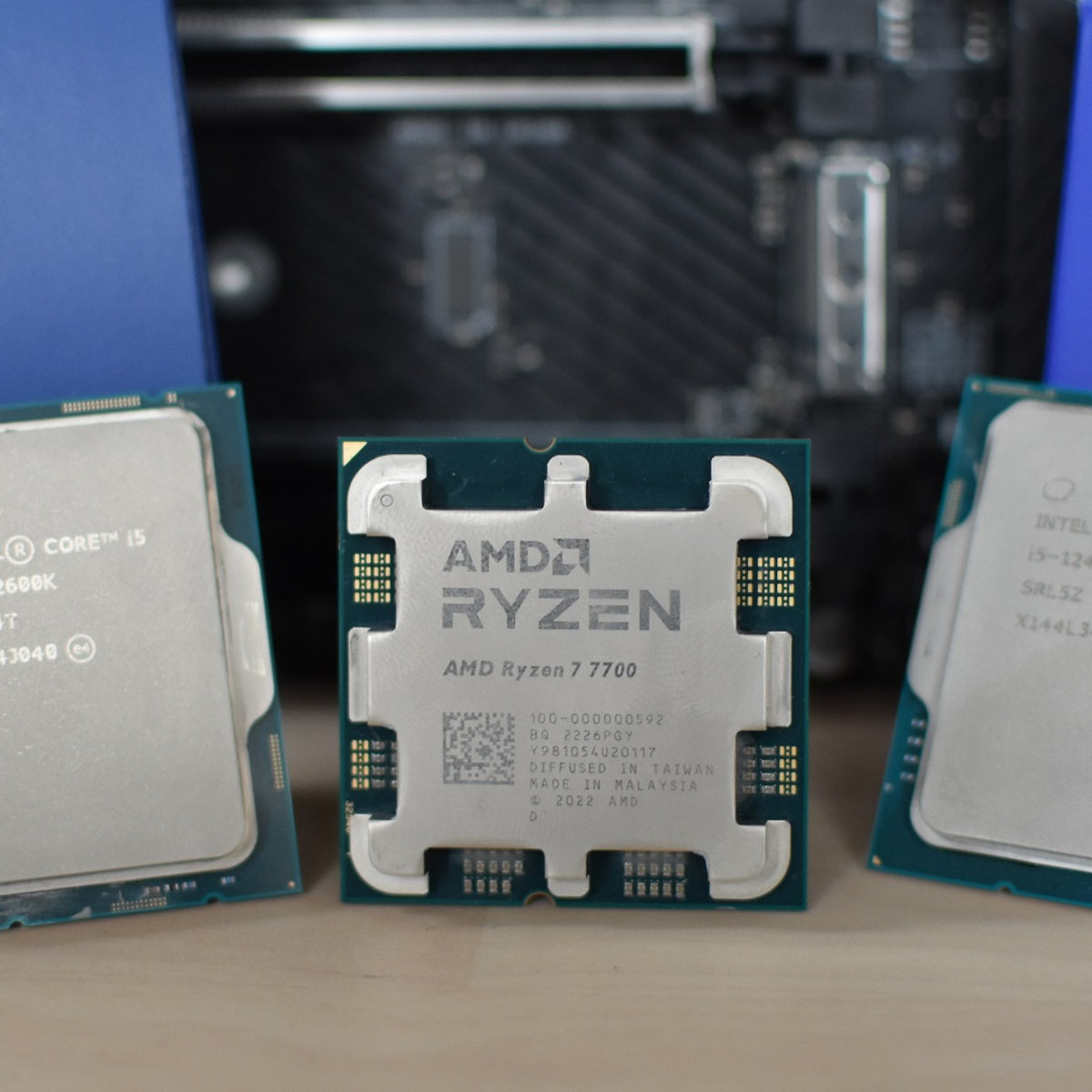If you’re big on PC gaming, building your own gaming rig has probably crossed your mind. However, it can be intimidating when you’re not sure about what kind of each component you should get. Motherboards should certainly be one of your top priorities because they’re the foundation of your entire build. This begs the question: how do you pick the best gaming motherboard? If that’s what is on your mind, you’ve come to the right place.
Motherboards: What Are They?
The motherboard is the most integral PC component, but not everyone understands why. To put it simply, your motherboard is a printed circuit board. It’s the mechanism that allows different components of a PC to communicate. Before we start asking how much RAM do we need for gaming, a good thing to know is that a motherboard is the skeletal backbone of your build that allows the CPU, GPU, RAM, and storage to interact.
To achieve this, the motherboard will route signals between components through its network of transistors, capacitors, circuits, heat sinks, slots, connectors, etc. Consequently, your motherboard of choice can influence the kind of processors and other components you buy. However, you can also determine which CPU and GPU you want to buy first before finding a compatible motherboard.
PC Motherboards vs. Gaming Motherboards
Apart from RGB lighting, is there any real way to tell between a regular vs gaming motherboard? Gaming PCs can do regular computing and some PCs can be used for light gaming. Consequently, the lines you draw to know how to differentiate gaming motherboards from PC motherboards become vague.
Simply put, a PC motherboard is designed for regular computing work. Tasks like writing, using social media, watching movies, and browsing the web are the tasks a PC motherboard can handle. In contrast, gaming motherboards are typically able to endure more intense processes.
The best gaming motherboard should be built with durable materials. Otherwise, it won’t withstand the heat and pressure from long hours of gaming. Even with a cooling system, heat from gaming and overclocking can damage your parts. Therefore, the best gaming motherboard needs thicker and heavier copper wires with larger processor clock rates, higher-end sockets, and capacitors. While you can use a regular motherboard for gaming, your experience will be limited especially with heavier games.
Gaming Motherboard Price Range
In an ideal world, every gamer should be able to buy the best motherboard available. However, reality will limit you to your budget. So, what is the price range for your gaming motherboard of choice? For a rough estimate, check out our rough price range table below:
| Price | Available Chipsets | Overclocking | Wi-Fi | Other Features |
|---|---|---|---|---|
|
$100 and below
|
– Intel: stock speeds, not overclockable
– AMD: premium chips with overclocking
|
– Yes for AMD
– No for Intel, unless it’s specifically overclock-friendly
|
Available depending on sale prices, otherwise unavailable
|
N/A
|
|
Sub-$150
|
– AMD: higher-end chips like X470
– Intel: Z370 or Z390 chipsets
|
Yes
|
Wi-Fi available
|
RGB Lights
|
|
Sub-$200
|
– AMD: Newer, higher-end chips
– Intel: Newer boards like the Z490s
|
Yes, with VRMs
|
Wi-Fi available
|
RGB Lights; Better Heatsinks, Power Phases, and Port Selections (like USB 3.0/3.1 Gen 2)
|
|
$200 and above
|
Best chipsets
|
Extreme Overclocking
|
Wi-Fi available
|
RGB Lights; Stylized and Premium Designs; Oversized Heatsinks; Wide Range of Ports
|
Budgets are an annoying but necessary constraint to consider before you build a gaming rig. It’s best to work out a compromise with the budget you have.
15 Best Gaming Motherboard Choices Today
With all of that said, let’s get right down to it. Here are the best gaming motherboard options today.
The first entry on our best gaming motherboard list is ASRock’s Mini-ITX Motherboards X370 Gaming. A mini ITX motherboard is ideal for smaller builds which is great if you have limited space. Although the X370 Gaming is small, don’t underestimate its capabilities.
Despite its size, the X370 Gaming is amply cooled with three fan connectors even with a small cooler. That’s more than enough for such a small system so overheating should be off your mind in most cases. Its selection of ports is quite lacking though. The motherboard comes with only two USB ports (3.0 and 2.0) and an HD audio port. That’s a lot to give up if you’re the type to plug many different cables on your computer.
Aesthetically, it’s top-notch for racing fans. However, stay away from it if you’re building something more subtle because it doesn’t come in different colors.
Pros
- – Fan connections
- – Integrated WLAN
- – Great for small cases
- – Good power supply
- – PCI-E Steel Slot-equipped
- – VRM temperatures
Cons
- – Some issues arise with UEFI version 4.4
- – No USB 3.1 Gen 2 connector
- – Colors might not match for builds with subtle aesthetics
If you’re looking for an Intel motherboard for gaming with a Mini-ITX form factor at the same time, this is the way to go. The ASRock X299E-ITX/AC is also the best (and only) option for Mini-ITX builds with LGA 2066 sockets.
However, this doesn’t mean you’re stuck with a bad build. The X299E-ITX/AC allows for 18 physical cores within its small size — more than enough for a small form factor. Nonetheless, you will still need to install a monitoring device for your voltage regulator.
Some people don’t expect much from a mini-ITX build. However, this offers a PCIe x16 slot that can work with two x16 graphics cards that are in x8 mode. Of course, you’d need a two-slot riser to make it work. When it comes to processors, though, you’re locked out of Kaby Lake-X processors because they’re not supported. Moreover, the I/O is a bit limited, having only 6 USB ports with four sharing bandwidth.
Pros
- – Overall performance is good
- – High overclocks for a small form factor
- – Two M.2s via CPU PCIe for Skylake-X
- – Good efficiency overall
- – 3-year warranty
Cons
- – Kaby Lake-X not supported
- – Limited I/O with bandwidth sharing
- – Absence of temperature reporting for the voltage regulator
- – No support for 110mm M.2 cards
The best gaming motherboard doesn’t always come in gigantic sizes, and the Z390 Phantom Gaming ITX is proof of that. With great performance and overclocking, it’s almost up to par with its larger counterparts that even high-end gaming enthusiasts will be impressed. You can easily use some of Intel’s latest processors like the Core i9-9900K with this motherboard.
Additionally, the Z390 Phantom Gaming has a pretty reasonable price even with 1.73Gb/s Wi-Fi installed. It also supports Thunderbolt 3 port which is a rarer find in most mini-ITX builds. While this supports only up to 20Gbps–half the speed–it does have some great features. The Z390 Phantom Gaming ITX includes an oversized heatsink for voltage regulation when overclocking and a Gigabit Ethernet port.
Pro
- – Small form factor
– Tons of features
– Relatively affordable
Against
- – RAM cap at 32GB
The best gaming motherboard is getting smaller and smaller these days, and this Asus motherboard proves that true. With the Strix X470-I, you get some of the AMD chipsets available. Not only that, but it also packs a punch in terms of performance and overclocking for the size. Who said high-level performance is impossible in a small living space?
Mini-ITX builds like this don’t typically have a lot of features. However, this motherboard managed to pack in an M.2 connector for all your NVMe SSD needs. Moreover, it has dual-channel RAM support if that’s important to you. However, it does come with RAM limitations such as the cap of 32GBs. If you need more than that, you might have to consider something else. Otherwise, this motherboard is a good deal for the price.
ProS
- – Small form factor
- – Tons of features
- – Relatively affordable
CONS
- – RAM cap at 32GB
The best gaming motherboard varies by need, and not everyone wants the highest-end specs because not everyone needs it. Some people are only looking to dip their toes into the high-end world but don’t want to push too far. If that sounds like you, then you might want to check the Asus ROG Strix Z390-E Gaming.
This motherboard allows moderate overclocking so it’s perfect for more mid-tier shoppers. It also has a great chipset and an affordable price tag that won’t kill you financially. Additionally, its comprehensive BIOS gives it some versatility if you want to connect many different devices. As long as you’re not paying a hefty price compared to the Z370 predecessor, the Z390-E is a good deal.
ProS
- – Good chip set
- – Overclocking to a moderate extent
- – Comprehensive BIOS
- – Good for people looking for entry-level high-end motherboards
CONS
- – Not good for higher-end enthusiasts
Looking for the best gaming motherboard for ITX builds with latest-gen Intel support? You’ve come to the right place. The ROG Strix Z390-I gaming is the best bet if you want eighth- and ninth-generation Intel chips on board.
Additionally, this motherboard gives you an impressive amount of connections for the form factor. Not only does it have the more common USB 3.1 and 2.0 connections, but also the less common HDMI and display ports. However, it is missing a USB 3.1 Gen2 port if you’re looking for that connection. Otherwise, it has numerous connections and also sports a 3.5mm headphone jack with an optical output. Its great overall performance makes it a sweet deal for versatile gaming.
ProS
- – Compatibility with latest Intel chips
- – A comprehensive amount of connections
- – Great cooling for overclocking
- – Good overclocking potential
- – CPU power supply
CONS
- – Not fully developed BIOS
The best gaming motherboard gives you a lot of room for change, and this Asus motherboard takes the cake. With great expandability features and overclocking potential, it’s sure to satisfy many heavy-duty gamers.
This ROB motherboard packs a punch in power. If you’re on board for AMD’s third-generation Ryzen processors, this should aid you no problem. Its Wi-Fi 6 support and its heavy power delivery may be overkill for some, but it’s one hell of a deal for people who’ll utilize them. Lastly, it’s great if you’re heavy on overclocking and want a comprehensive BIOS.
ProS
- – Expandability available
- – Great performance and overclocking
- – Supports 3rd-Gen Ryzen processors
- – Dual-channel DDR4 memory
- – PCIe 4.0 SSDs & GPUs
- – Comprehensive BIOS
CONS
- – Expensive compared to counterparts
- – Some features are troublesome to operate
Budget-friendly consumers don’t have to sacrifice quality for price due to their financial constraints. With the TUF Z490-Plus Gaming, those compromises are kept to a minimum.
With this motherboard, you get all the essentials, including compatibility with Intel’s latest processors. It’s got enough room for high-speed memory so you won’t have trouble with RAM-hogs. Moreover, the dual PCIe 3.0 slots and slots for NVMe SSDs gives you a great build on-hand.
ProS
- – Affordable price
- – Compatible with 10th-gen Intel processors
- – Ample space for high-speed memory
- – Two M.2 slots
CONS
- – Not as powerful compared to higher-end alternatives
Which Gigabyte motherboard is best for gaming? Well, the best gaming motherboard is relative to your preferences. What makes this motherboard unique is its compatibility with SLI graphics and two-way crossfire. Consequently, you’ll get less lag when you’re off playing games.
This motherboard also has all the basic connections you’d need. There are dual PCIe slots and an array of port selections so you won’t have problems connecting essential components. Moreover, it’s pretty affordable so you’re sure to get your money’s worth out of it.
ProS
- – Affordable price
- – Essential connections present
- – X5 PCIe slots
- – X6 SATA
CONS
- – Not as impressive overclocking and memory speeds in contrast to others on the list
- – Unsuitable for high-end enthusiasts
With AMD’s rise in the past year, it’s no surprise that many Ryzen fans have popped up. If you’re one such fan, you’ll be happy to know that the thirrd-gen Ryzen processors are compatible with the Gigabyte X579 motherboard Gaming X. That’s because it comes at such an affordable price.
The best gaming motherboard gives you all the necessities. While this Gigabyte board doesn’t have all the highest-end features and add-ons, it’s all you need for good gaming. It supports ample overclocking with dual M.2 PCIe 4.0 slots and the latest graphics cards from AMD.
ProS
- – Affordable price
- – RGB lighting
- – Essential connections present
- – Supports AMD’s latest processors and graphics cards
- – Ample overclocking
CONS
- – Wi-Fi not included
- – No Bluetooth
- – Not as overpowered for high-end enthusiasts
Are you looking for the best gaming motherboard but want neither an entry-level nor an overkill build? Most people will want the best of both worlds and sit somewhere in the middle. If you’re among those people, check out Gigabyte’s Z390 Aorus Xtreme.
The Xtreme’s excellent thermal performance is a great plus for most gamers that struggle with thermals during overclocking. However, thermal performance wouldn’t matter if they don’t have good performance. Fortunately, that isn’t a problem with the Z390 Aorus Xtreme because it has good overclocking potential.
ProS
- – Good mid-tier price range
- – Excellent thermal management
- – Good potential for overclocking
- – Beautiful design
CONS
- – Not versatile in terms of PCI and storage
Even if you had top-of-the-line Intel processors, it won’t matter much without the best gaming motherboard. With the Gigabyte Z490 Aorus Master, you’re sure to make the most out of it. It comes with three PCIe x16 slots for multiple cards. You should be able to connect multiple GPUs to this motherboard if you’re a graphics-heavy gamer.
Additionally, you’ll also have high-speed connectivity both storage-wise and ports-wise. It even has 2.5 Gigabit LAN for fast networks and built-in Wi-Fi 6 and Bluetooth 5.0. To top it off, it comes only as a mid-range processor with a price to match.
ProS
- – Takes advantage of high-end Intel processors
- – Multiple connections available
- – Possibility for a multi-GPU set-up
- – High-speed connections
- – Wi-Fi 6 and Bluetooth 5.0
CONS
- – Ports don’t include USB Type-C or USB 3.2 Gen 2 (20Gbps)
- – Inconvenient placement of M.2 ports that requires you to remove the GPU
Cheap motherboards often come with many compromises, but the MPG X570 Gaming Plus is more than enough for your needs. Its Ryzen 3000 processor makes this motherboard a good deal.
It has good overclocking for the price with an ample voltage regulator for power management. While it does have ample basics (PCIe slots, audio panels, etc.), it won’t be the most powerful one out therel. Regardless, it has satisfactory features for its price. You won’t find many sub-$200 motherboards that are as good a deal as this.
ProS
- – Affordable pricing
- – Adequate voltage regulator
- – Sufficient to run a Ryzen 3000 processor
CONS
- – Only satisfactory as a motherboard
- – Inconsistent BIOS and software performance on some tests
Ryzen fans will rejoice with the MSI MPG X570 Gaming Pro Carbon WiFi. Why? Well, because it’s the best gaming motherboard that will utilize Ryzen’s third-gen CPUs the best.
With comprehensive I/O including a Type-C port, you’ll be able to connect more than enough peripherals to your build. What’s more, it has Wi-Fi included with gigabit Ethernet for high-speed networks. Although it doesn’t have Wi-Fi 6, it’s still satisfactory because it’s backward compatible. There’s also a workaround for pairing it with a Wi-Fi 6-compatible router.
Not only that, but you also get two M.2 ports with dedicated heat shields. However, keep in mind that this will entail a more difficult installation process. Still, if you like overclocking your PC, its thermals should be right up your alley.
ProS
- – Good thermals
- – Two PCIe 4.0 M.2 slots
- – RGB lighting
- – A wide array of ports
CONS
- – Complicated M.2 installation because of heat shields
- – High price
Like the MSI MPG X570 Gaming Pro Carbon WiFi, the X470 Gaming Pro Carbon is also a great buy. While it’s not as powerful as the X570, it also uses Ryzen’s 3rd-gen CPUs as well as DDR4-3466(OC) memory amongst a myriad of other features.
It has a comprehensive RGB LED lighting in its heatsinks and the rear of the board’s top-right edge. It also has M.2 slots with powered audio circuits and game-friendly Ethernet. It also has five USB 3.1 ports, two USB 2 ports, and additional power connectivity for overclocking.
This board has two PCIe x16 slots that can handle two Nvidia cards and three AMD cards, which may be underwhelming for people looking for a more powerful rig. However, it has a PCIe x16 slot if you’re looking to beef up your rig even more. Another key problem will be its performance leaves a lot to be desired compared to other motherboards at its price point.
ProS
- – Solid performance
- – Plenty of features
- – RGB support
CONS
- – Poor performance compared to rivals at the same price
- – Only two PCIe x16 boards
Conclusion
Looking for the best gaming motherboards can be quite tricky. However, many will suit your needs regardless if you’re on Team Intel or AMD. We’re also living in an age where smaller builds can live up to larger counterparts without giving up performance. If you know where to look, you’re sure to find the best gaming motherboards for your build.


